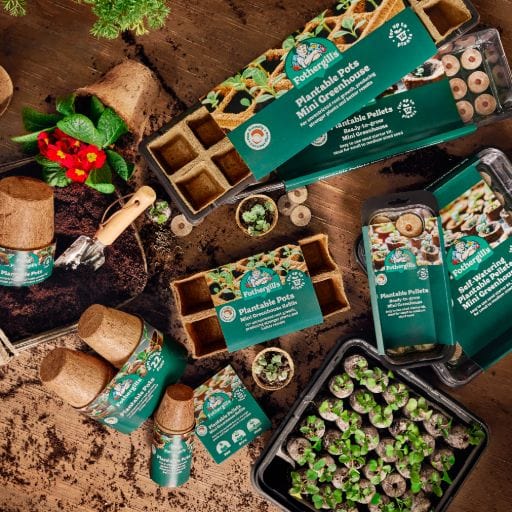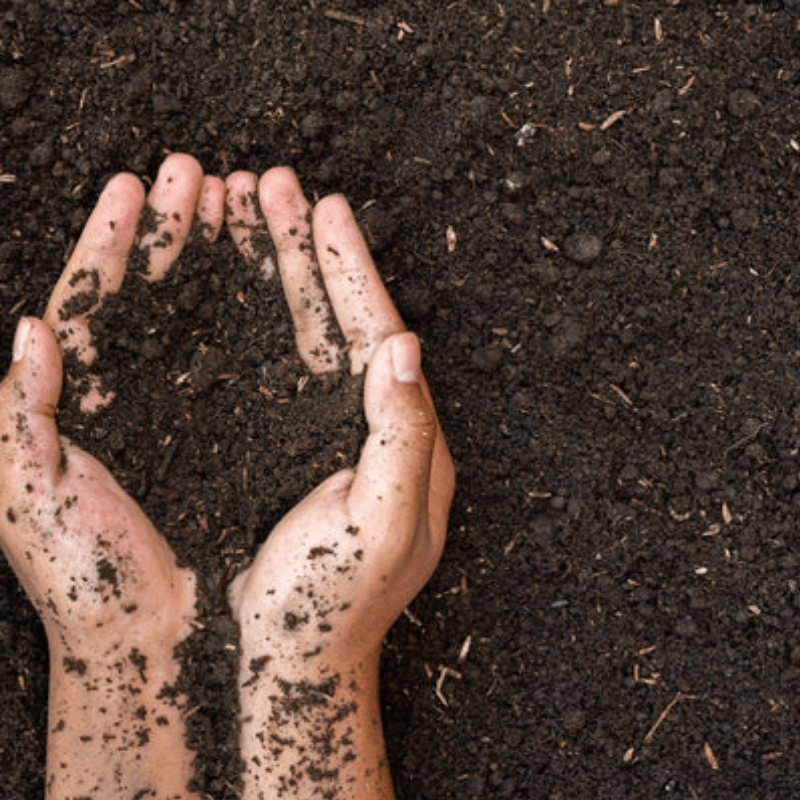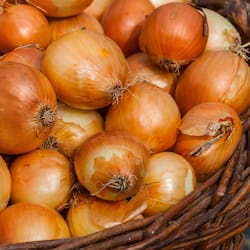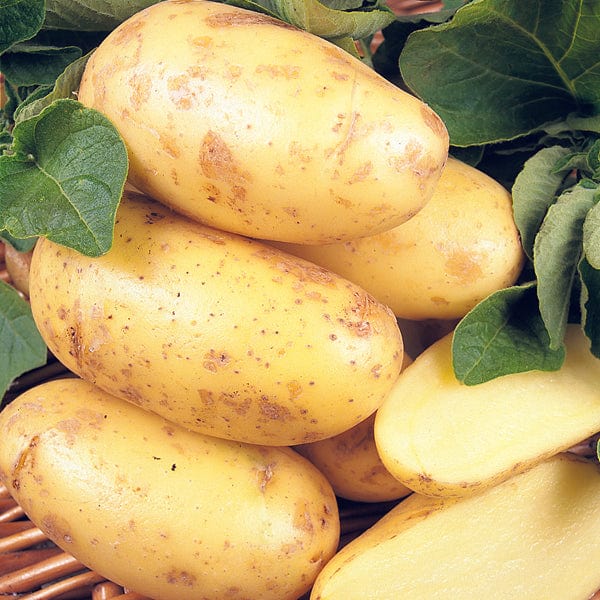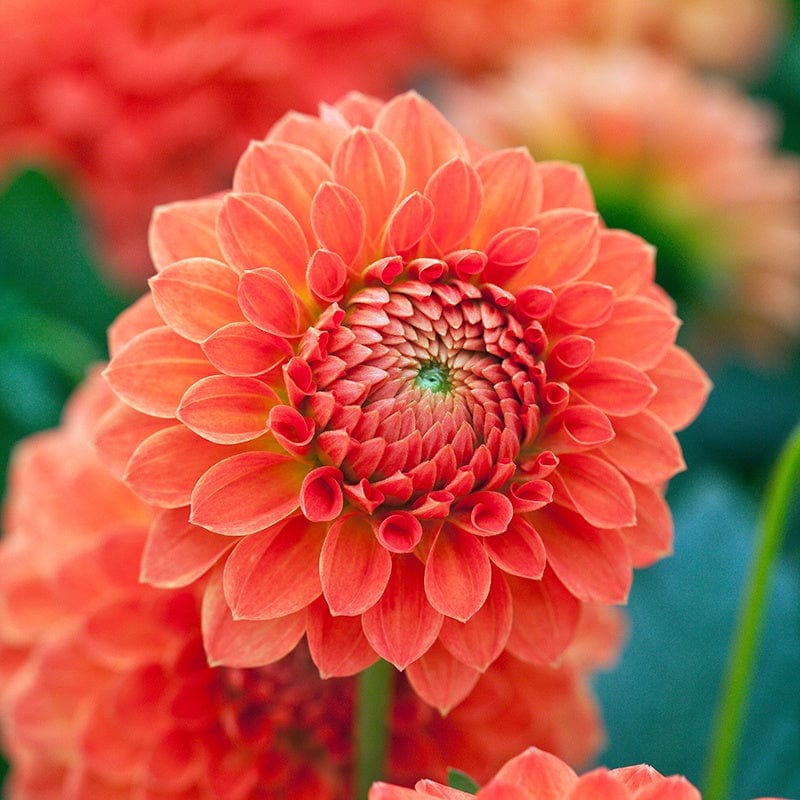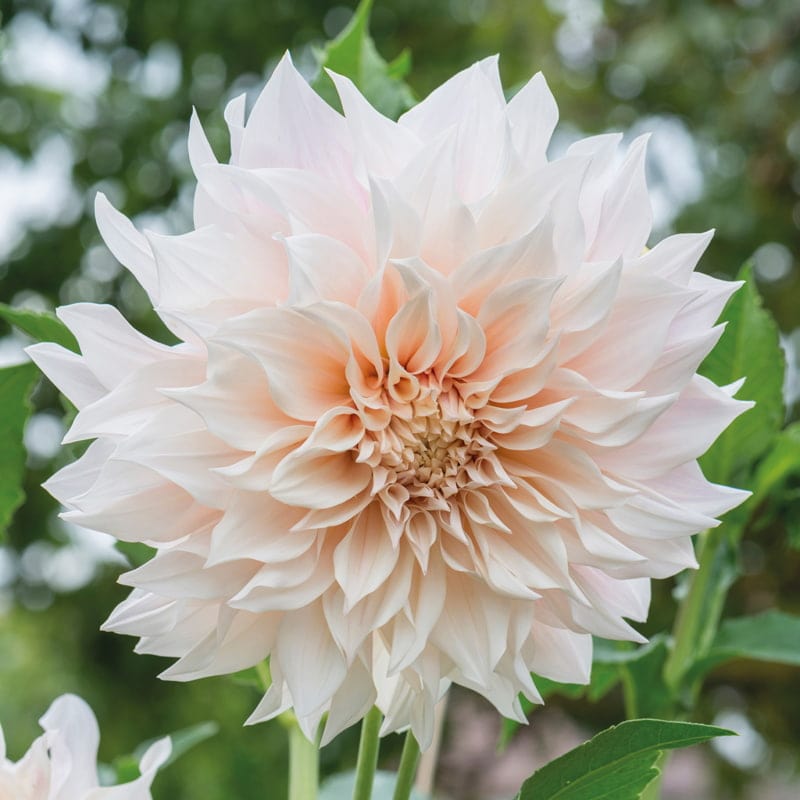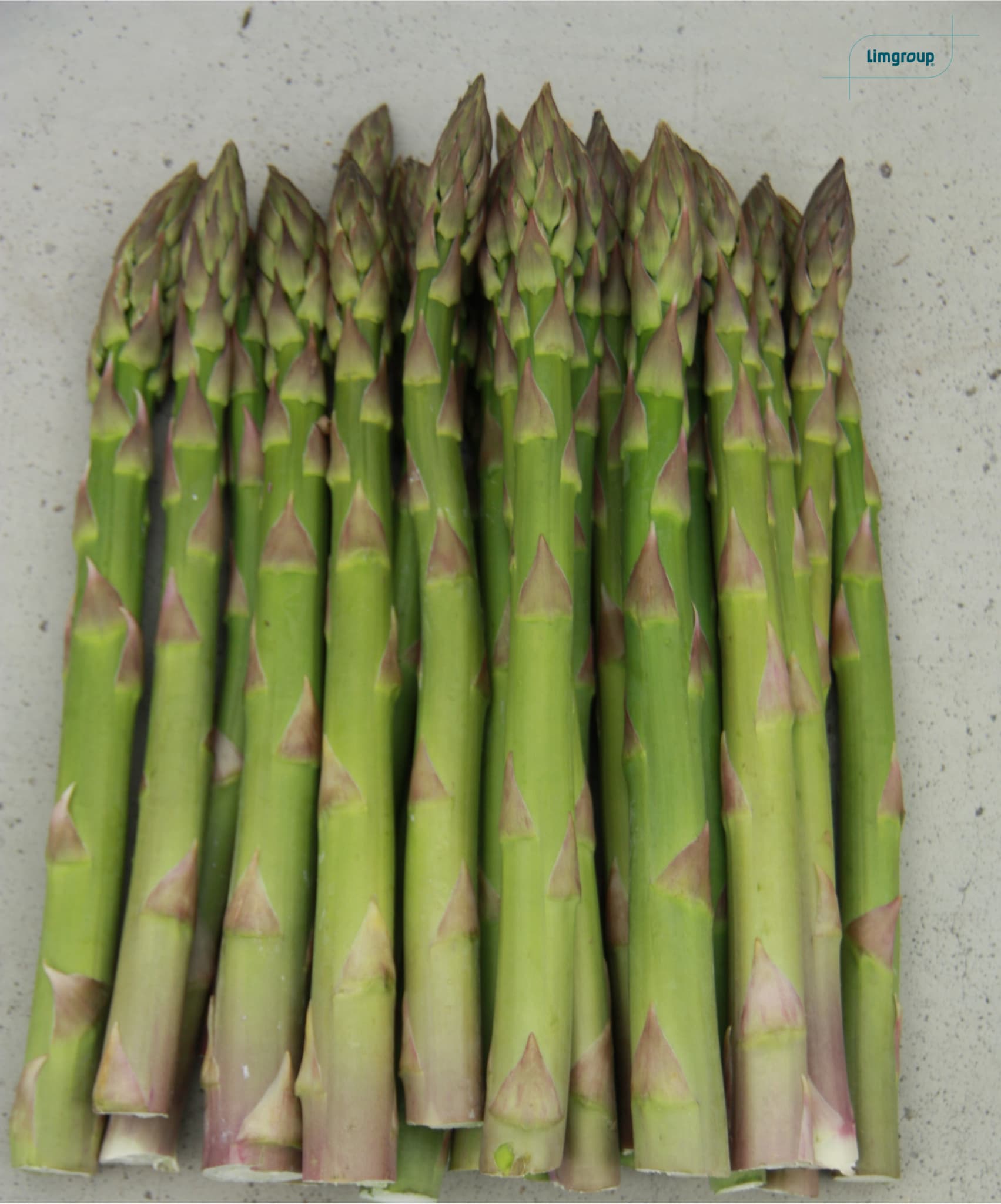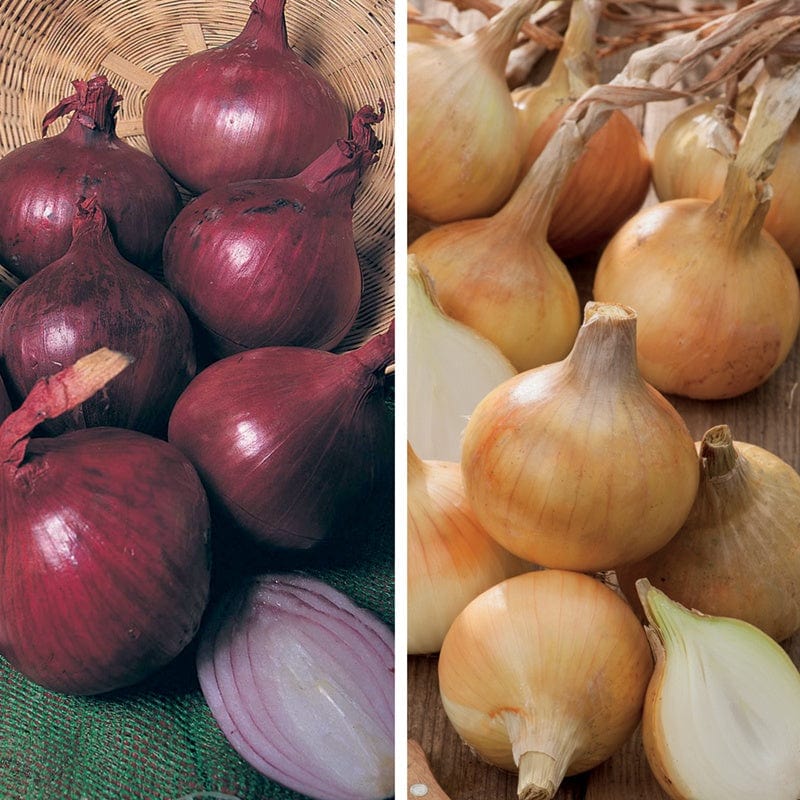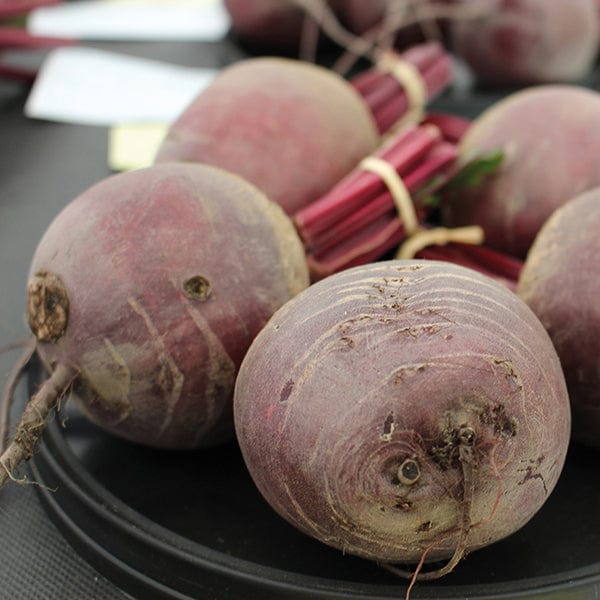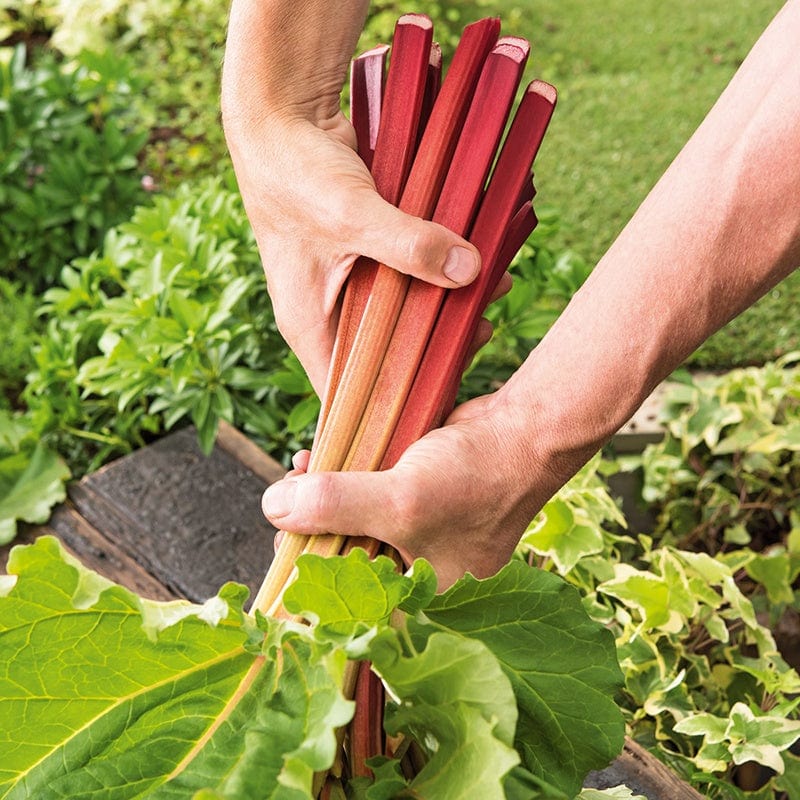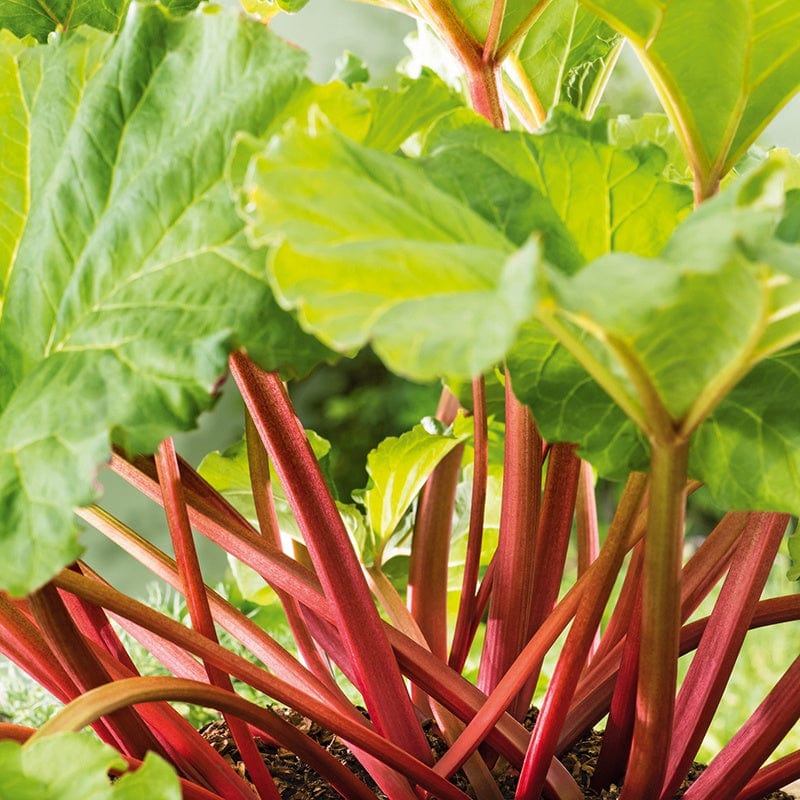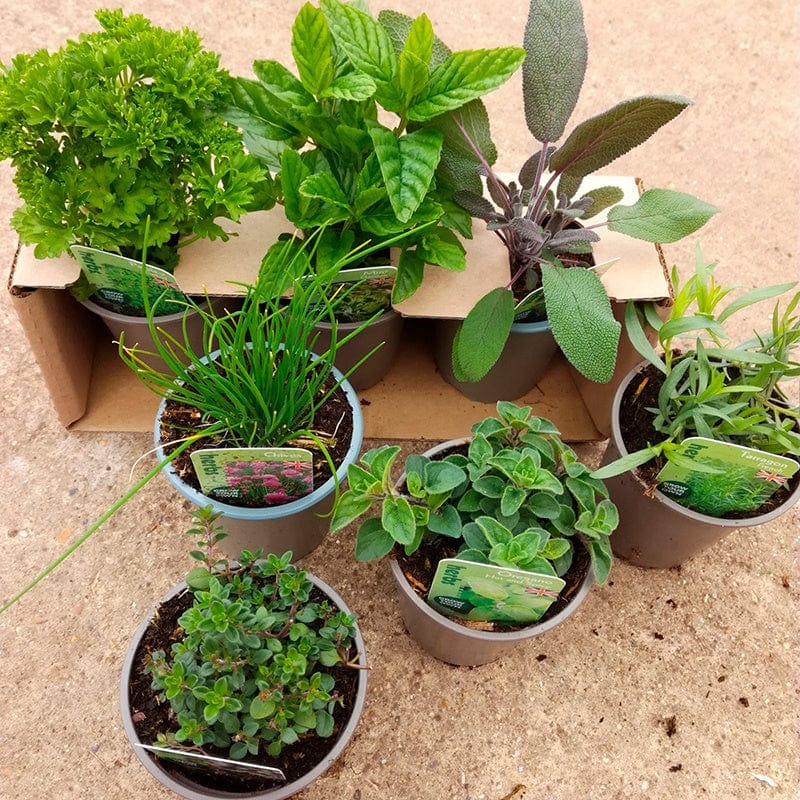Healthy soil is the secret behind good harvests. Good soil provides moisture, nutrition and support for crops. It’s important to understand your soil type so that you can improve your garden from the root - literally. Healthy soil quality means that you’re certain to see better harvests and far stronger and more robust plants. So if you’re a first-time gardener, excited about seeing your flowers blossom and your fruits grow in your family garden this summer, sorting out your soil is the perfect, simple first step!
The first step when working out how to improve soil is to identify which type of soil you’re dealing with. There are four distinctive categories of soil:
- Sandy
- Silt
- Clay
- Loam
Each type has its very own characteristics, making them fairly easy to differentiate from one another! So let’s get digging through the mud to find out which ones are which!
Sandy Soils
Sandy soils are made of very large particles, giving them a gritty texture - almost like sand, believe it or not! Tending to be dryer than other types of soil, they drain quickly and prevent water from pooling or puddling. But this also means that sandy soils don’t hold onto nutrients very well, which may be challenging for hungry crops.
They are, however, easy to work with and warm up quickly in the spring. If you’re growing root crops like beetroot seeds or carrot seeds, sandy soils are perfect.
Silt Soils
Fairly similar to sandy soil, silt soils are made up of small particles with a slippery feel. These naturally fertile soils drain well but hold on to moisture and nutrients for longer than sandy soils, being easily compacted.
Clay Soils
Consisting of very fine particles, clay soil holds its shape when moulded into a ball and is smooth to the touch. It is slow to both absorb moisture and drain, meaning that this type of soil can be hard in the summer and waterlogged in the winter, making it a particularly difficult soil texture to dig. However, well-cultivated clay soils are very fertile and are preferred by cabbage seeds, peas and bean seeds, and salad leaves.
Loam Soil
Ideal to work with, loam soil is the soil that gardeners dream of working with. Where do we start? It’s well-draining, but not too fast, and it supports absolutely any vegetable or fruit plants.
Related Products
How to Improve Soil
One thing that all of these different soil types have in common is that they can be improved by adding organic matter into the mix. What is organic matter, you ask? Organic matter can take many forms such as leaf mold or garden-made composting. Before incorporating organic matter into your soil, however, be sure to check for roots of weeds to avoid any sneaky little problems that may pop up in the future, stealing your plants’ nutrition.
Anyway, so why is organic matter so good for your soil? Organic matter works to improve soil structure and nutrient content. The good news is that you can add it at any time of the year - but the very end of the growing season is an especially good time.
How to improve soil quality with organic matter
Spread your organic matter over your soil, it is not necessary to dig it in. Just leave it on the surface over winter. By spring the worms in the soil will have done a great job of incorporating most of that organic matter into the soil (thanks worms). Organic matter can also be laid around established fruit trees and around perennial vegetables to encourage healthy growth.
What to grow in your soil
If you’re more interested in getting the best results than growing a particular type of plant, we recommend testing your soil pH to find out exactly what will grow best in it!
For example, acidic soils, like blueberries, are particularly great for acid lovers. Meanwhile, soil with an alkaline pH is preferred by cabbage and cauliflower. You can test your soil using a pH test kit.
Gardening Advice from Mr Fothergill’s
We’re excited about planting the seeds of plenty of gardening ideas to help get the whole family involved in your outside space! Gardening is for everyone! So let us help you and the kids blossom into green-thumbed growers as you watch your tiny, tiny seedlings reach their full potential in your very own garden.
Whether you’re keen to create a vibrant playground for bees and butterflies with our range of flower plant or show the little ones just how rewarding it is to watch your easy-to-grow veg seeds make their way all the way from the ground to the kitchen, Mr Fothergills has got all of your gardening essentials to get you started.
If you have any further questions about how to improve soil quality, how to improve clay soil or have any curiosities about any of our other products, don’t hesitate to contact us or dig deeper into our gardening blog!












